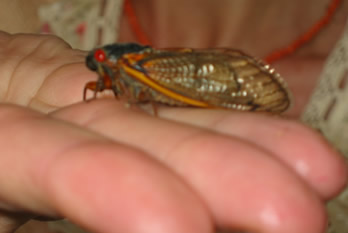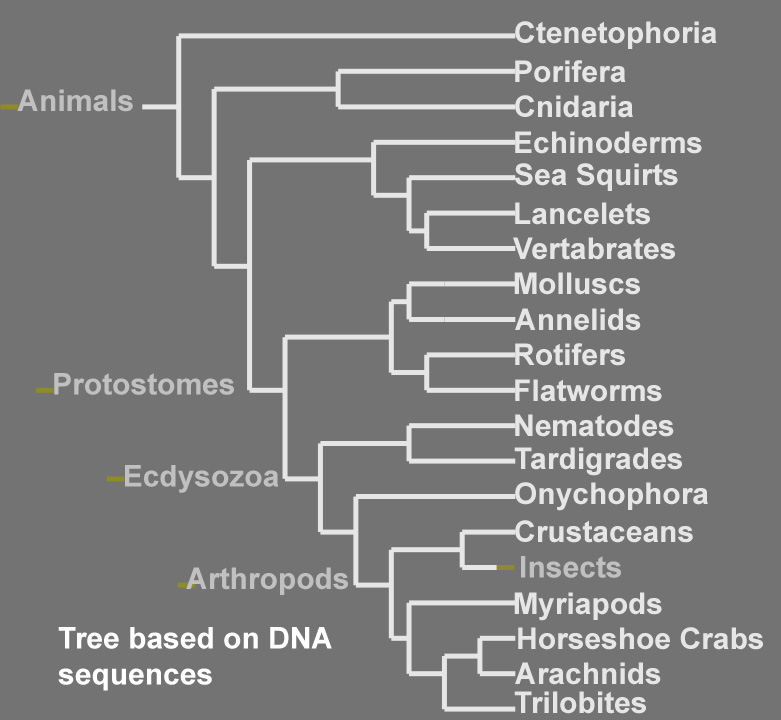
Classification
Domain: EukaryaKingdom: Animalia
Phylum: Arthropoda
Class: Insecta
Order: Hemiptera
Family: Cicadidae
Genus: Tibicen
Species: pruinosa (Common Dog Day Cicada)
Why it's classified where it is.
Eukarya: Organisms in this domain contain membrane bound organelles, the defining organelle being a true nucleous.
Animalia: Organism are multicellular, motile (mostly), posses no cell wall, and are heterotrophic.
Arthropoda: Organisms are invertebrates, segmented bodies, jointed legs, and have an exoskeleton.
Insecta: Organisms bodies are made of chitin, three part bodies (head, thorax, and abdomen), three pairs of legs, compound eyes, and two antennae.
Hemiptera: Organisms have modified mouthparts used for piercing tissue (usually plan) and have completely membranous wings or partially hardened at the base.
Cicadidae: Organisms have large eyes wide apart on the head and usually have transparent, well veined wings.
Tibicen: Large bodied Cicadas that come out from underground in late summer.
pruinosa: They have a white underbelly that distinguishes them apart from other Cicadas in the genus Tibicen.
Tibicen pruinosa translated into English means flutist of the frosty. The flutist part refers to the distinct sound Cicadas make.
They phylogenetic tree below shows that based of DNA sequences the insects are most closely related to the crustaceans and all the the animals share a common ancestor that appears in the top left corner.
